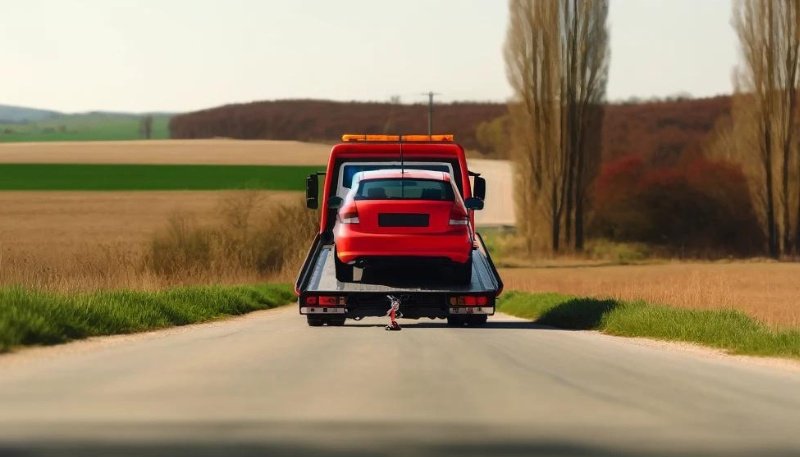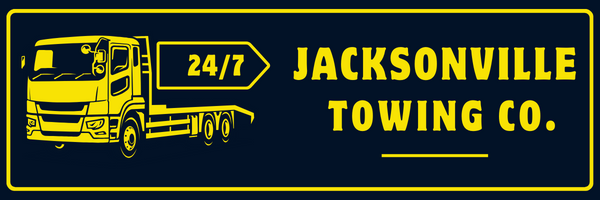Towing your vehicle improperly can wreak havoc, from transmission damage to undercarriage harm affecting fuel lines and brakes.
Incorrect towing methods strain tire pressure and bearings. You also risk alignment issues and potential exterior scratches and dents from stress and strain.
To avoid these pitfalls, always opt for trusted, professional towing services. Protecting your vehicle starts with knowing the risks and taking proactive steps to mitigate them.
1. Transmission Damage Risks
When your car isn’t towed correctly, you risk causing significant harm to the transmission system.
This is primarily due to the potential for fluid leaks and overheating, which directly impact the transmission’s efficiency and longevity.
Fluid leaks occur when the seals within the transmission system are subjected to unusual stress or when the vehicle is towed at an angle that puts undue pressure on the transmission casing.
These leaks can lead to a loss of hydraulic pressure, which is essential for the transmission to function correctly.
The cooling system plays an essential role in maintaining the transmission’s temperature.
When your vehicle is towed, the normal airflow that helps cool the transmission is often insufficient, especially if the car is towed with the drive wheels on the road.
This lack of adequate cooling can cause the transmission fluid to overheat, resulting in decreased lubrication, increased friction, and ultimately, transmission failure.
2. Undercarriage Harm
In addition to transmission damage, improper towing can also cause significant undercarriage damage to your vehicle. This type of damage often goes unnoticed at first but can have serious long-term effects.
The undercarriage, which includes components like the exhaust system, fuel lines, and brake lines, is susceptible to being scraped or bent during towing.
Such incidents can lead to fluid leaks, which aren’t only hazardous to the environment but can also result in engine stress due to inadequate lubrication or cooling.
To mitigate these risks, ensure your vehicle is towed with the correct method.
For instance, using a flatbed tow truck minimizes the chance of undercarriage damage since your car doesn’t have to be dragged or lifted in a way that puts undue stress on its components.
Always check that the towing company you choose is reputable and knows the appropriate towing method for your specific vehicle type.
Furthermore, inspect your vehicle for any signs of undercarriage damage immediately after it has been towed.
Look for visible signs of distress such as dents, scrapes, or fluid leaks. Early detection can prevent minor issues from escalating into major repairs, saving you time and money in the long run.
3. Wheel and Tire Damage
Improper towing can also damage your vehicle’s wheels and tires, leading to issues ranging from misalignment to punctures.
When your car isn’t towed correctly, the stress and strain exerted can significantly impact tire pressure and wheel bearings, two critical components that ensure your vehicle runs smoothly.
Excessive force or incorrect towing angles can cause tire pressure to drop or spike, which in turn affects the vehicle’s handling and fuel efficiency.
It’s important to check your tire pressure after your vehicle has been towed to ensure it matches the manufacturer’s recommended levels.
If not addressed, incorrect tire pressure can lead to uneven tire wear or even blowouts.
The wheel bearings, which allow your wheels to rotate with minimal friction, can suffer. The undue stress from towing can lead to premature wear or failure of these bearings.
This not only compromises your vehicle’s performance but can also result in costly repairs.
To protect your wheels and tires from damage during towing, always ensure that the towing company uses the correct equipment and methods for your type of vehicle.
Insist on a flatbed tow truck whenever possible as it minimizes the risk to your tires and wheel bearings by keeping all wheels off the ground.
4. Alignment Issues
Misaligned wheels are another common issue that can arise from incorrectly towed vehicles, affecting your car’s handling and safety.
This typically results in steering problems. You might notice your steering wheel is off-center or your vehicle pulls to one side while you’re driving.
This can compromise your ability to control your vehicle effectively.
The suspension, designed to absorb shocks and maintain tire contact with the road, can suffer when the vehicle is lifted or dragged improperly.
This suspension stress might not be immediately noticeable but can lead to significant issues over time, including accelerated wear and tear on your tires and suspension components.
To avoid these issues, ensure your vehicle is towed with the correct equipment and techniques.
Always opt for a professional towing service that understands the importance of protecting your vehicle’s alignment and suspension.
They should use a method appropriate for your car’s make and model, minimizing the risk of steering problems and suspension stress.
5. Exterior Scratches and Dents
When a tow truck improperly hooks up your car, the stress and strain can cause significant damage to the bodywork.
The towing company must use the correct equipment and techniques to prevent these issues.
To safeguard your vehicle’s finish, consider using paint protection film. This thin layer acts as a barrier against scratches, preserving the paint underneath. It’s an investment that can save you from costly paint jobs in the future.
If you’re already facing scratches or minor dents, there are dent repair techniques that don’t require painting.
Paintless dent repair (PDR) is an efficient and cost-effective method for fixing small dents without damaging the factory paint.
Always verify the tow truck operator’s experience and ask about their methods to prevent damage to your vehicle.
Request soft straps, and ensure they’re placed on non-abrasive points to avoid any harm to your car’s exterior. By taking these precautions, you can minimize the risk of scratches and dents during towing.

